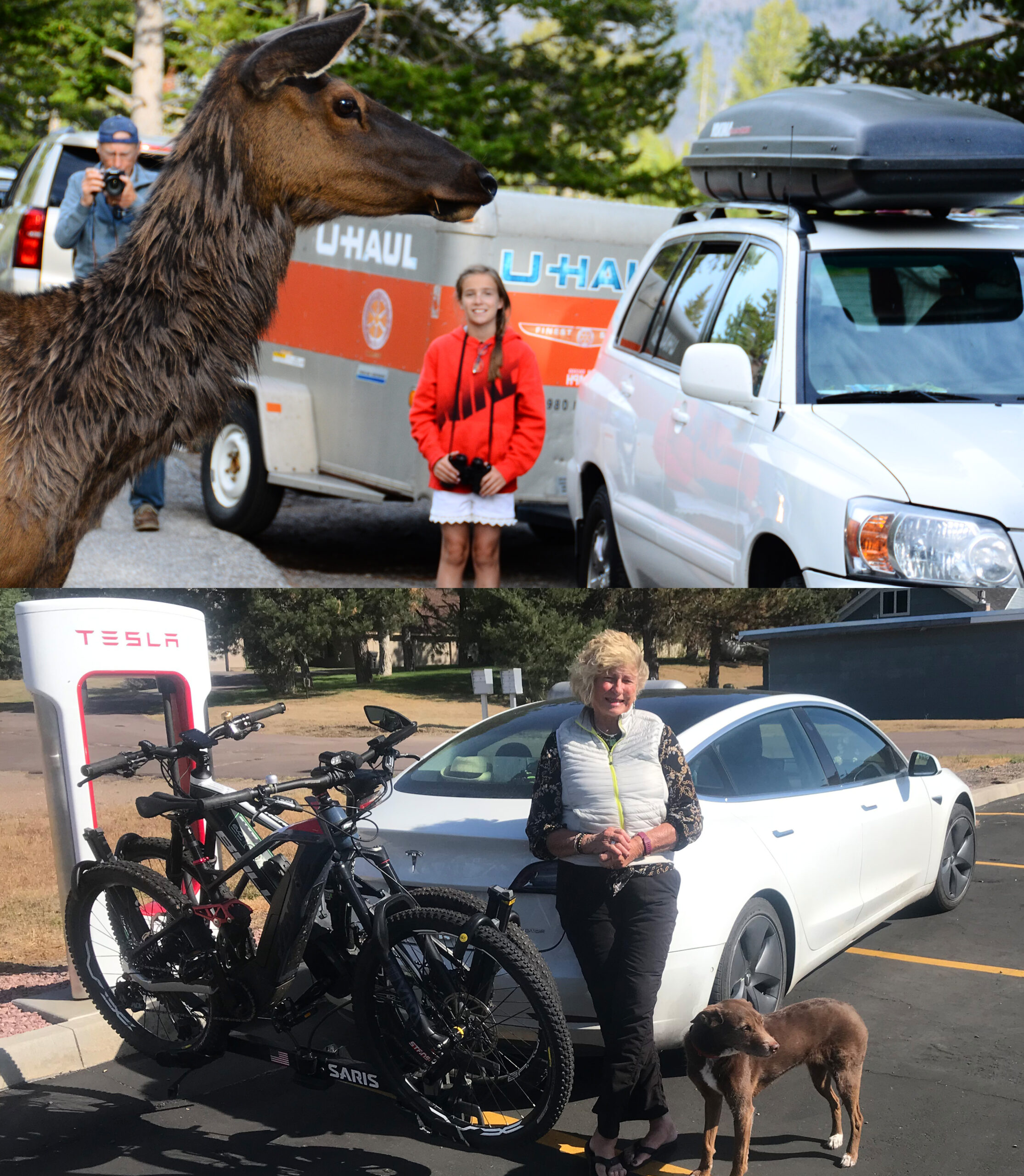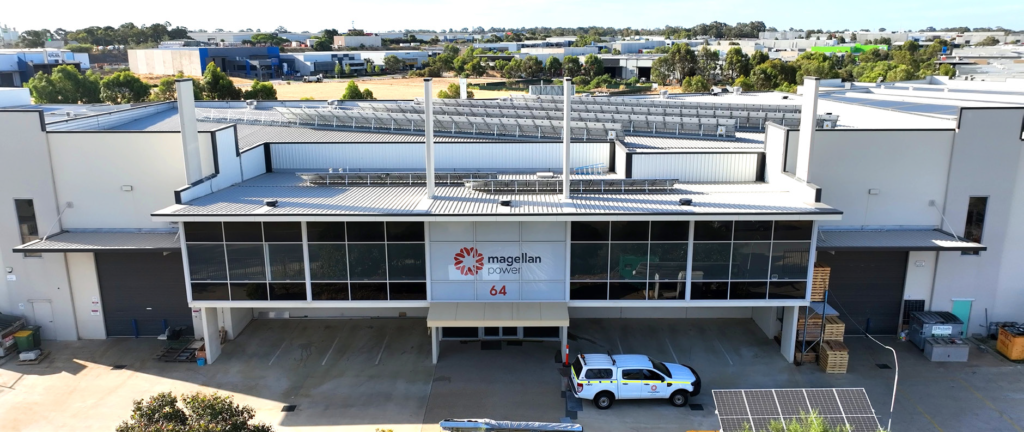Sign up for daily news updates from CleanTechnica on email. Or follow us on Google News!
The federal Bipartisan Infrastructure Law and Inflation Reduction Act are making once-in-a generation investments in reducing greenhouse gas (GHG) pollution. However, it can be challenging for state and local governments — and advocates — to keep track of all the funding programs created by these laws, and direct funding to its highest and best uses.
One current example is the federal Climate Pollution Reduction Grant program, which will allocate roughly $5 billion to states, tribes, and local governments for a broad range of programs. The US EPA provided planning grants to states, tribes, and major urban areas. These governments must submit Priority Climate Action Plans by March 1. They may then submit proposals by April 1 for competitive five-year grants ranging between $2 million and $500 million each to implement *any of the actions included* in these plans. Most of the grants will be less than $50 million. Applicants are encouraged to team up to submit larger coordinated projects.
Time is short, and these “Priority Plans” are rightly focused on measures that can be implemented quickly and fully within five years, that will produce large and immediate climate benefits, and that provide additional benefits to low-income and disadvantaged communities such as cleaner air, reduced travel costs, and enhanced job opportunities. They should not be used for projects that can be funded by other sources.
Here are recommendations for priority transportation electrification measures that governments should consider including in plans and funding through implementation grants:
Vehicle Incentives
Electric car incentives. Electric cars can dramatically and rapidly reduce greenhouse gas pollution, air pollution and transportation costs. While electric car sales continue to surge over 50% annually, higher upfront purchase costs and interest rates continue to dampen sales, especially for lower-income buyers. A recent survey found that EV rebates of 10–15% could increase sales by 18-25%. This measure is especially important for states that have opted into California’s stronger Advanced Clean Cars standards. If funds are limited, governments may want to consider programs that specifically target specific user groups such as drivers for taxi and gig services, government fleets, or community-based organizations.
Medium and heavy-duty vehicle incentives. Electrifying heavy-duty trucks and buses can eliminate toxic diesel pollution and substantially reduce greenhouse gas pollution. Cash-on-the-hood incentives can help drive sales as well. These incentives are especially compelling in states that have adopted the Advanced Clean Trucks and Advanced Clean Fleets rules that are pushing faster purchases of such vehicles. Incentives will help ensure appropriate vehicles are available and affordable and these regulatory targets are met.
Electric bike incentives. Electric bikes can replace cars for many trips and at a far lower cost and carbon footprint. Governments should consider funding existing bikeshare programs to go electric or expand; bringing electric bikeshare to smaller cities; and financial incentives for individuals to purchase e-bikes. Portland State University maintains a database of existing programs and additional information to help jurisdictions design such programs.
School bus incentives. Electric school buses reduce children’s exposure to toxic diesel and lower long-term operating costs for school districts. Over $5 billion is already dedicated to clean electric school buses, so CPRG funds are best used to complement these funds by helping schools plan for the transition, apply for federal funds, and work with their local utilities to maximize the grid and resiliency benefits of these buses.
Charging Programs
Community Charging Programs. There is $7.5 billion for charging available through the National Electric Vehicle Infrastructure (NEVI) Formula Program and Charging and Fueling Infrastructure (CFI) grants. However, these funds are largely focused on fast charging along highways, on hard infrastructure costs, and on public facilities. To directly serve communities, and not just drivers passing through them, governments should place Level-2 charging in historically underserved areas at key locations such as multifamily housing, workplaces and rural tourist destinations, and invest in community outreach and engagement to increase equitable access and use. CPRG funds could allow flexibility for governments and communities to identify ideal locations, provide hands-on support for installation, and fund community activation activities such as ride and drive events.
Freight corridors. The NEVI and CFI programs are largely, though not entirely, focused on passenger vehicles. Building out fast charging for heavy duty trucks along major freight corridors will be a large and expensive undertaking, and state governments may wish to band together to use CPRG funds to kick-start this effort on key corridors.
Other Programs
Outreach. Consumer Reports has found that only 7% of Americans have driven an all-electric EV in the past year, and only 17% have ridden in one. Historically underserved communities are even less likely to see EVs or have them marketed to them. Governments should consider investing CPRG funds in programs that expose more residents to EVs, such as ride and drive events and focused community engagement.
EV Carshare. One good way to expose drivers to electric cars, and provide mobility benefits, is to support carsharing programs that allow vehicle rental by the hour. Programs like Evie Carshare in the Minneapolis area or smaller scale programs run by Forth bring the benefits of electric vehicles with lower costs and fewer entry barriers.
Implementing Programs
Thanks to generous support from philanthropic funders, Forth can help communities develop CPRG implementation grants. We may also be able to help communities implement these programs as a subrecipient.
For more information about how to build effective and equitable transportation electrification programs, and secure federal funding to support them, visit Forth’s Federal Grant Support page and come to one of Forth’s upcoming in-person workshops:
Other sources of assistance:
By Jeff Allen, Executive, Director, Forth.

Have a tip for CleanTechnica? Want to advertise? Want to suggest a guest for our CleanTech Talk podcast? Contact us here.
Our Latest EVObsession Video
I don’t like paywalls. You don’t like paywalls. Who likes paywalls? Here at CleanTechnica, we implemented a limited paywall for a while, but it always felt wrong — and it was always tough to decide what we should put behind there. In theory, your most exclusive and best content goes behind a paywall. But then fewer people read it!! So, we’ve decided to completely nix paywalls here at CleanTechnica. But…
Thank you!
CleanTechnica uses affiliate links. See our policy here.



